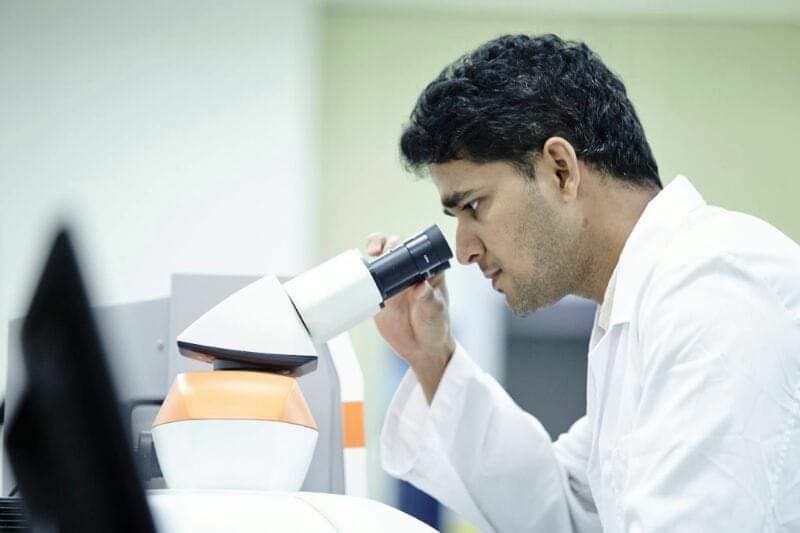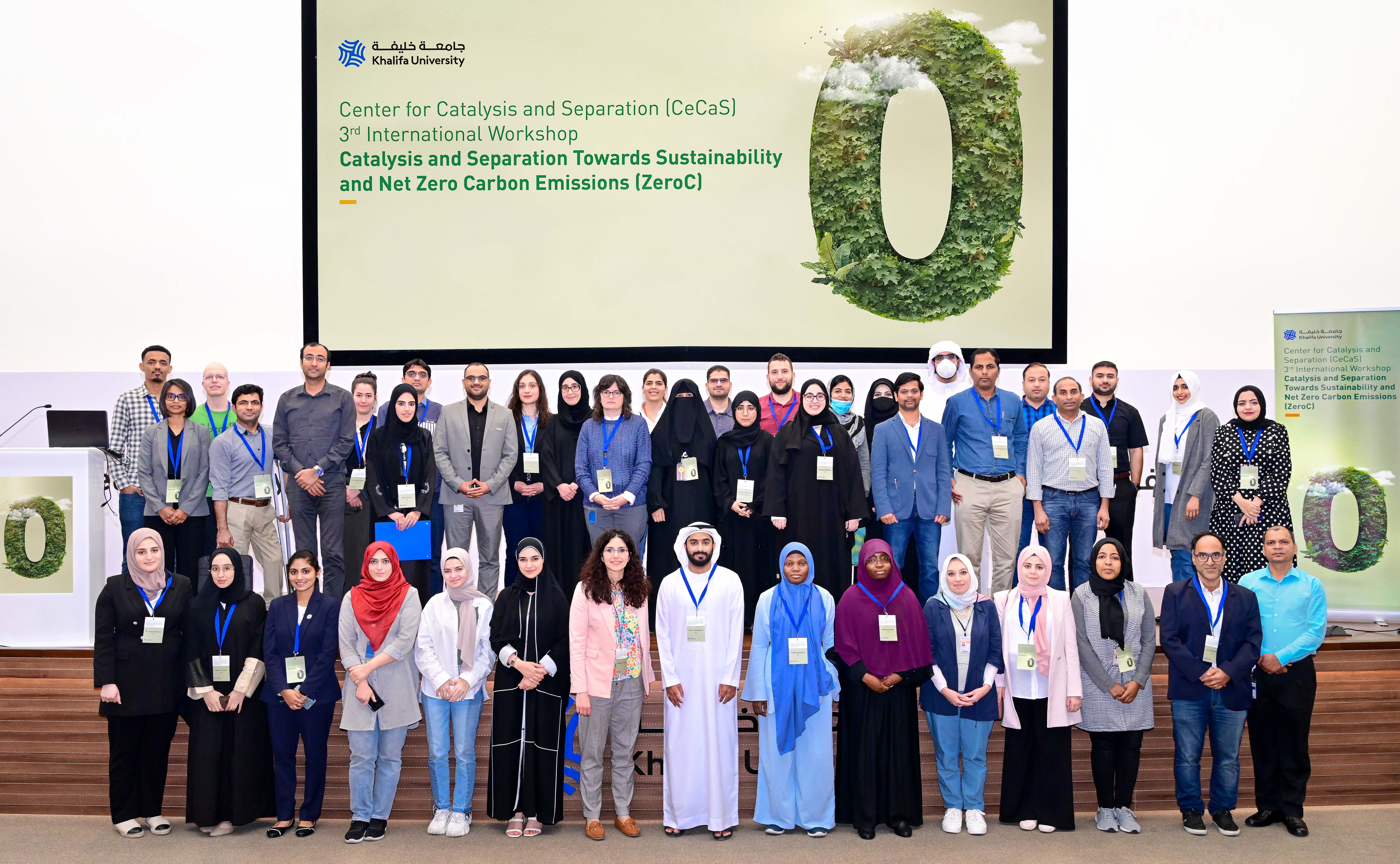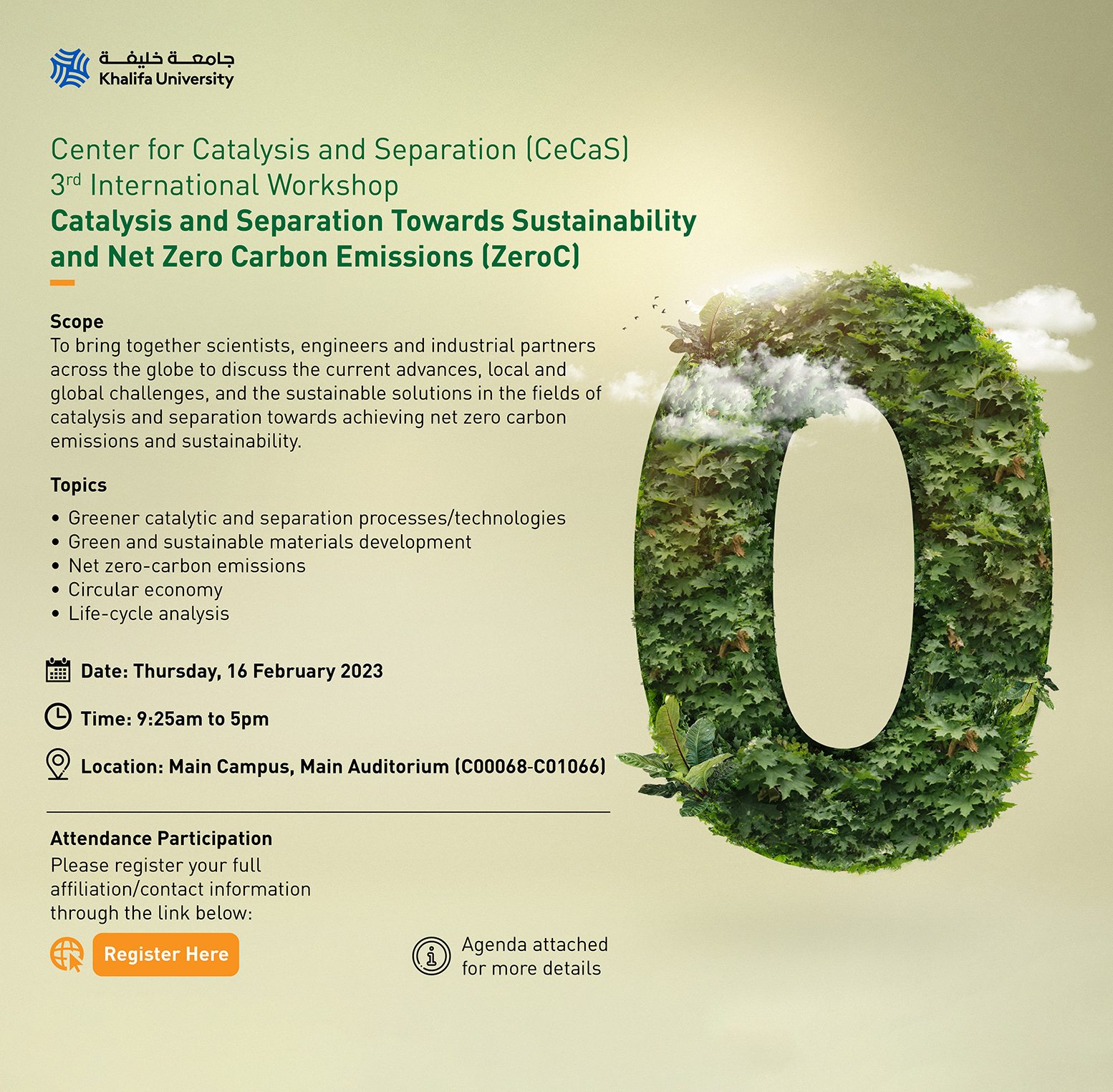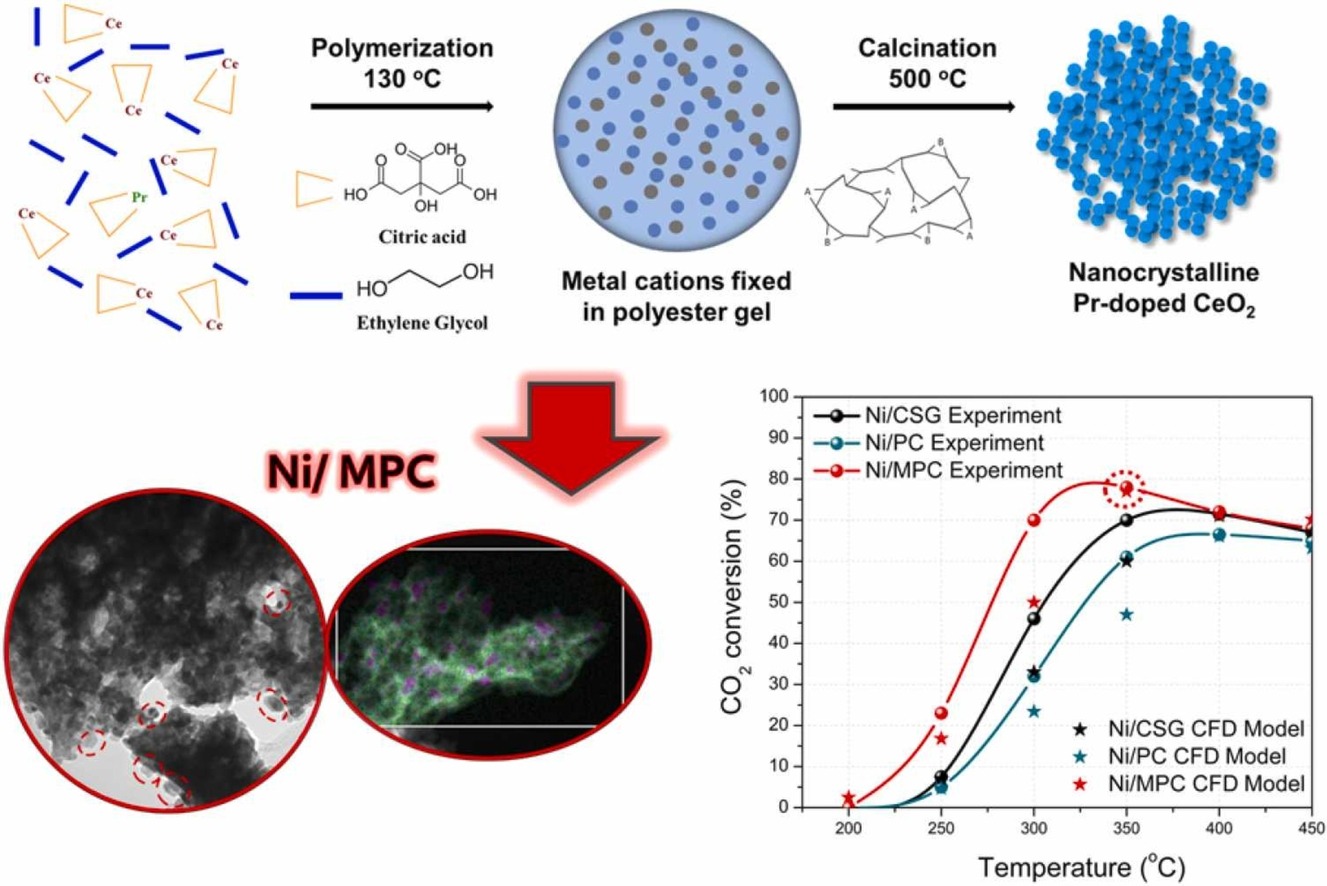
Removing paraquat from agricultural wastewater is crucial to protecting the environment and human health but conventional materials to do so are slow-acting and not reusable. Dr. Dinesh Shetty at KU has developed a novel polymer to adsorb paraquat much more efficiently.
Read Arabic story here: http://www.researchku.com/news-7-extended.php?id=7
Water quality is influenced by many natural factors but the greatest threat comes from human activity. Mining, urban development, and agriculture are among the biggest culprits, introducing pollutants into the waterways from various processes. If they enter drinking water sources, they can pose a significant threat to human health.
Paraquat is a toxic chemical that is widely used as a herbicide to control unwanted weeds and grasses that grow alongside crops. Paraquat is quick-acting and non-selective, and dangerous to humans, having been banned in several countries due to its neurodegenerative effects and toxicity. Despite this, it is still one of the most commonly used herbicides worldwide.
As world population rises, the use of pesticides and herbicides for crop protection is expected to increase. Because intensive farming methods continue to rely heavily on chemicals, the levels of persistent herbicides and pesticides prevalent in the environment will remain at dangerous levels.
Removing paraquat from agricultural wastewater is therefore crucial to protecting the environment and human health, while also supporting food security. Conventional efforts to filter out paraquat rely on materials made from clays, silica, resins and hybrid materials. However, these materials are slow-acting and not easily reusable, prompting research into new materials.
Now, Dr. Dinesh Shetty, Assistant Professor of Chemistry at Khalifa University, along with the Trabolsi research group at New York University Abu Dhabi, has developed a novel polymer that can adsorb paraquat from water more efficiently than traditional materials.
The researchers developed polycalixarenes, with multi-ring (or macrocycle) molecules that have hydrophobic cavities – areas that repel water – that can hold smaller molecules or ions. These polycalixarenes act as the adsorbants as a polycalixarene has a three-dimensional porous structure that is totally insoluble in water but selectively extracts toxic paraquat molecules. This unique quality allowed the researchers to utilize different analogs of calixarenes with increasing cavity sizes. The larger the cavity size, the more strongly the paraquat can bind to the cavity and eventually be removed. Importantly, the polymers can be easily reused by simple washing methods and still outperform commercial activated carbon currently in use.

“Because of the selective host-guest chemistry these calixarene molecules offer, they can form complexes with paraquat in water,” explained Dr. Shetty. “They outperformed not only other organic polymers, but also the activated carbon, zeolites, and various types of clay that have been used previously. They are also easy to recycle, meaning we can use our polymers repeatedly without a significant loss in adsorption efficiency.”
Dr. Shetty has also applied this technology to removing other toxic substances from water, including perfluorooctanoic acid (PFOA). PFOA is another nonbiodegradable and persistent pollutant which can accumulate in water resources and pose serious environmental issues in many parts of the world.
Dr. Shetty is a member of the Khalifa University Center for Catalysis and Separation (CeCaS), one of KU’s 18 specialized research centers. CeCaS research aims at developing practical solutions to chemical engineering challenges faced by a number of industries today.
Jade Sterling
Science Writer
2 November 2020






